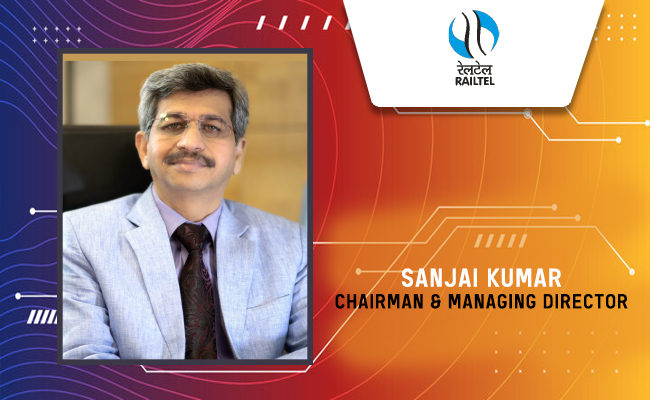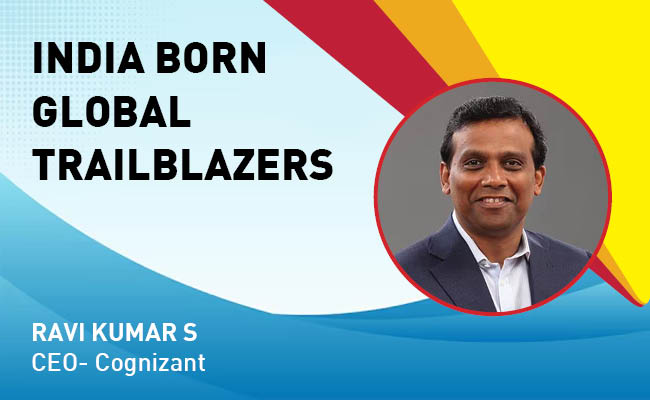Growing Cyberattacks Increases Demand For Newer Security Products
By MYBRANDBOOK

Cyberattacks have almost doubled in the past five years, undermining consumer confidence and driving demand for more secure digital products that protect consumer privacy. CIOs, CISOs and other executives shows that many organizations are increasing the resources they devote to cybersecurity, but also that they remain deeply concerned about the scale and severity of the threat. Cybercriminal activity is one of the biggest challenges that humanity will face in the coming days and the cybercrime will cost the world $6 trillion annually by 2021.
The world’s digital content is expected to grow from 4 billion terabytes (4 zetabytes) last year to 96 zetabytes by 2020 (this is how big a zetabyte is).Recent research by Bain & Company shows that consumers would buy more products and pay higher prices for Internet of Things (IoT) devices if their worries about cybersecurity were addressed. It is a proven fact that , cyber-attacks also result in economic losses for investors. Artificial intelligence (AI) and machine learning(ML) is a double-edge sword helping both attackers and defenders; whether we are going to finally “get over privacy” or see our data finally being treated as a private and protected asset.
There are thousands of companies into Cyber security and no one has a full proof to secure 100%. About 90% of companies are targeting for sale or waiting for to get acquired by someone. Without proper due diligence of policies on cyber threats, security risks will turn into business risks. Investors providing capital to start-ups and small and medium-sized enterprises therefore have an opportunity and a responsibility to ensure that companies prioritize cybersecurity early in their development. This cyber due diligence can help businesses meet consumer demands, provide investors with reliable returns and contribute to a more secure digital market.
Cybercrime costs include damage and destruction of data, stolen money, lost productivity, theft of intellectual property, theft of personal and financial data, embezzlement, fraud, post-attack disruption to the normal course of business, forensic investigation, restoration and deletion of hacked data and systems, and reputational harm.
The objective for all organizations should be to not only protect the enterprise with good cybersecurity hygiene and basic lines of defense, but also to optimize the response with more advanced tools and strategies. As digital transformation proceeds, cybersecurity must be an enabling function rather than a block to innovation and change.
The healthcare, energy and BFSI sectors are increasingly sophisticated user of emerging technologies and they are facing more and more vulnerabilities in its information technology and operational technology. Successful attacks on this sector have the potential to cause devastating consequences, depriving communities of power and even jeopardizing citizens’ safety.
Vulnerabilities increase when it comes to third parties. Only 15% of organizations have taken basic steps to protect against threats coming through third parties; 36% are aware of the risks through self-assessments (22%) or independent assessments (14%); therefore 64% have no visibility on this issue. Among smaller companies, this rises to 67%.
Experts predicts that, there will be 6 billion Internet users by 2022 (75% of the projected world population of 8 billion) — and more than 7.5 billion Internet users by 2030 (90% of the projected world population of 8.5 billion, 6 years of age and older). There are 111 billion lines of new software code being produced each year — which introduces a massive number of vulnerabilities that can be exploited.
Larger companies are more mature than their smaller counterparts. For example, 35% have a formal and up-to-date threat intelligence program, compared with 25% of smaller organizations, and 58% say their incident response program is up to date, compared with 41% of smaller organizations.
Whereas the smaller companies are especially concerned: 28% say their information security function does not currently meet their needs or is to be improved, and 56% say they have skills shortages or budget constraints. Only 15% of organizations say their information security reporting currently fully meets their expectations.
Lastly, the consumer-facing companies face particular cybersecurity challenges. Maintaining trust is crucial to their businesses, but they are also especially vulnerable because they operate in a marketplace where customers require service 24 hours a day, seven days a week, through omni-channel business models. Cyber attackers exploit the weaknesses of these organizations because of the value and volume of consumer data that they could access.


Legal Battle Over IT Act Intensifies Amid Musk’s India Plans
The outcome of the legal dispute between X Corp and the Indian government c...

Wipro inks 10-year deal with Phoenix Group's ReAssure UK worth
The agreement, executed through Wipro and its 100% subsidiary,...

Centre announces that DPDP Rules nearing Finalisation by April
The government seeks to refine the rules for robust data protection, ensuri...

Home Ministry cracks down on PoS agents in digital arrest scam
Digital arrest scams are a growing cybercrime where victims are coerced or ...


ICONS OF INDIA : SANTHOSH VISWANATHAN
Santhosh Viswanathan is the the Vice President and Managing Director f...

Icons Of India : Debjani Ghosh
Debjani Ghosh is the President of the National Association of Software...

ICONS OF INDIA : VINAY SINHA
Vinay Sinha is the Managing Director of Sales for the India Mega Regio...


BEL - Bharat Electronics Limited
BEL is an Indian Government-owned aerospace and defence electronics co...

GeM - Government e Marketplace
GeM is to facilitate the procurement of goods and services by various ...

RailTel Corporation of India Limited
RailTel is a leading telecommunications infrastructure provider in Ind...


Indian Tech Talent Excelling The Tech World - REVATHI ADVAITHI, CEO- Flex
Revathi Advaithi, the CEO of Flex, is a dynamic leader driving growth ...

Indian Tech Talent Excelling The Tech World - ANJALI SUD, CEO – Tubi
Anjali Sud, the former CEO of Vimeo, now leads Tubi, Fox Corporation�...

Indian Tech Talent Excelling The Tech World - RAVI KUMAR S, CEO- Cognizant
Ravi Kumar S, appointed as CEO of Cognizant in January 2023, sets the ...
 of images belongs to the respective copyright holders
of images belongs to the respective copyright holders